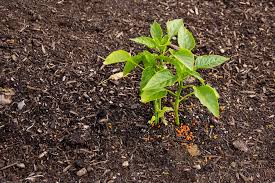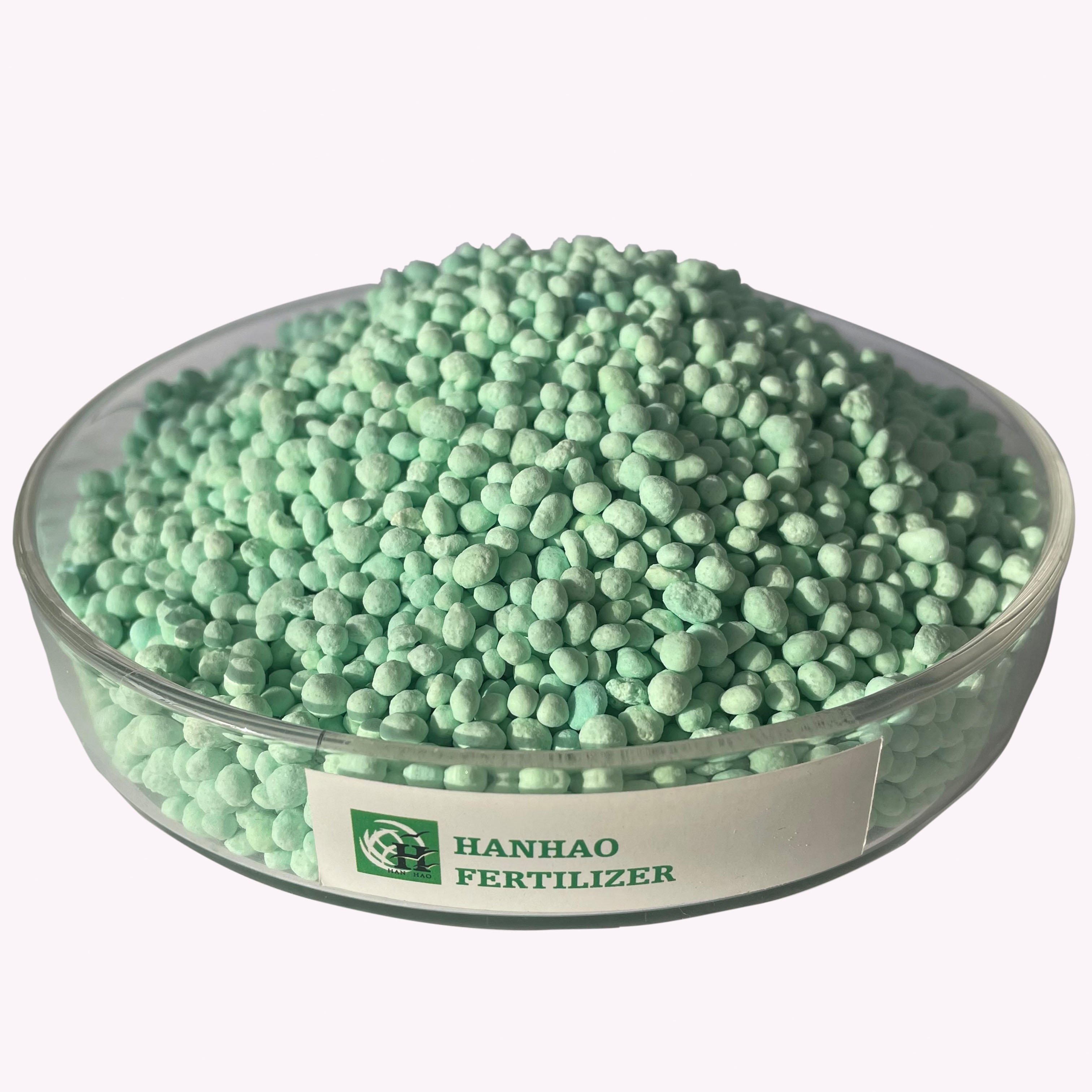
Jan . 06, 2025 15:53 Back to list
fertilizer
Choosing the right fertilizer for your garden or farm can significantly impact the health and yield of your plants. With a myriad of options available, understanding the basics of fertilizers and how they interact with soil and plants is crucial for successful cultivation.

Understanding Fertilizers At the core of any comprehensive fertilization strategy is the knowledge of the N-P-K ratio – an abbreviation for nitrogen (N), phosphorus (P), and potassium (K). These are the three primary nutrients that plants require for robust growth. Nitrogen is essential for leaf development, phosphorus promotes root and flower growth, and potassium helps with overall plant health and disease resistance.
The Importance of Soil Testing Before selecting a fertilizer, conducting a soil test is imperative. Soil tests help determine the existing nutrient levels and pH of your soil, allowing you to tailor your fertilizer choice to supply only what's needed. Over-fertilizing can lead to nutrient runoff and environmental damage, whereas under-fertilizing might result in poor plant growth.

Organic vs. Synthetic Fertilizers Organic fertilizers, derived from natural sources such as compost, manure, and bone meal, have gained popularity due to their sustainability and eco-friendly nature. They release nutrients slowly, improving soil structure and fostering the activity of beneficial microorganisms. On the other hand, synthetic fertilizers offer immediate nutrient availability, which can be advantageous for quick-growing crops. However, excessive use of synthetic fertilizers can lead to soil degradation and environmental harm.
Fertilizer Application Techniques Proper application is critical to maximizing the benefits while minimizing environmental impact. Techniques vary depending on the type and stage of plant growth, but some general methods include broadcasting, side-dressing, and foliar feeding. For precision agriculture, variable rate technology can optimize nutrient distribution based on spatial variability within a field, enhancing yield while reducing waste.
fertilizer
Localized Innovations and Practices Region-specific innovations play a vital role in fertilizer efficiency. For instance, Integrated Nutrient Management (INM) systems in India combine organic and inorganic fertilizers to improve long-term soil fertility. In Africa, microdosing techniques, which involve applying small, precise amounts of fertilizer directly to plant roots, have had success in increasing crop yields while lowering costs for farmers.
The Role of Technology and Research Advances in technology and ongoing research have revolutionized fertilizer use. Remote sensing and GIS technologies help track soil fertility and plant health, enabling farmers to make informed decisions about fertilizer application. Furthermore, genetic research continues to explore crop varieties that require fewer nutrients, reducing the demand for fertilizers.
Environmental Concerns and Regulations Fertilizer use is increasingly regulated to address concerns about runoff and eutrophication of water bodies. Farmers are encouraged to adopt best management practices (BMPs) that include buffer zones, proper timing of application, and the use of slow-release fertilizers to mitigate environmental impacts.
As we progress towards more sustainable farming practices, the choice and application of fertilizers remain critical components. By combining traditional knowledge with modern science and technology, farmers can not only increase crop productivity but also ensure environmental stewardship, ultimately contributing to global food security.
-
Organic 10-10-10 Fertilizer: Balanced NPK for Healthy Plants
NewsAug.27,2025
-
10 10 10 Organic Fertilizer: Balanced NPK for Healthy Plants
NewsAug.26,2025
-
Organic 10-10-10 Fertilizer: Balanced NPK for Healthy Plants
NewsAug.25,2025
-
Premium 15-30-15 Granular Fertilizer for Vigorous Growth
NewsAug.24,2025
-
Organic Amino Acid Fertilizer for Plants | Boost Growth & Yield
NewsAug.23,2025
-
Calcium Ammonium Nitrate (CAN) White Granular Agriculture Fertilizer
NewsAug.22,2025
